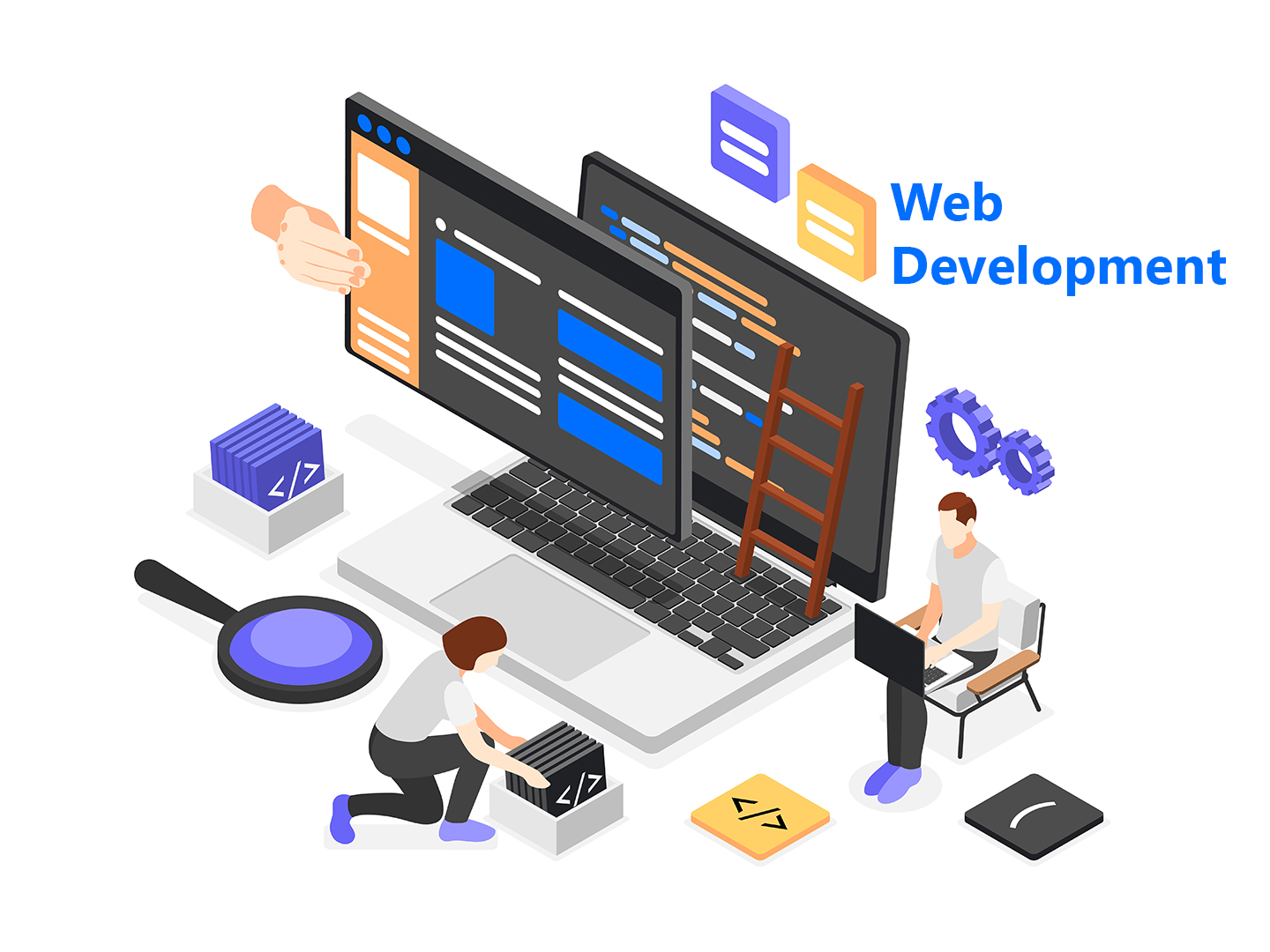
Android app development is an exciting field that combines creativity and technical skills to create applications for the world’s most popular mobile operating system. With millions of users worldwide, Android offers a vast opportunity for developers. This guide will walk you through the basics of Android app development, the tools you'll need, and best practices for creating high-quality applications.
Market Reach: Android powers over 70% of the global mobile market, providing a massive audience for your applications.
Open Source: The Android platform is open source, allowing developers to access the source code and customize their applications.
Diverse Devices: Android apps can run on a wide range of devices, from smartphones and tablets to wearables and TVs.
Rich Development Environment: With tools like Android Studio, developers have access to a powerful IDE with features that enhance productivity.
Android Studio: The official IDE for Android development, Android Studio offers tools for coding, debugging, and testing your apps.
Java and Kotlin: Java has been the traditional language for Android development, but Kotlin is now the preferred language due to its modern features and concise syntax.
SDK and APIs: The Android Software Development Kit (SDK) provides the necessary tools and libraries to develop applications, while APIs offer functionalities like location services, media playback, and more.
Set Up Your Development Environment:
Create a New Project:
Design Your User Interface:
Testing Your App:
Publishing Your App:
Follow Material Design Guidelines: Adhere to Google’s Material Design principles to create intuitive and visually appealing user interfaces.
Optimize Performance: Ensure your app runs smoothly by minimizing memory usage and optimizing load times.
Manage App Permissions Wisely: Request only the permissions necessary for your app’s functionality to enhance user trust.
Regular Updates and Maintenance: Keep your app updated with new features, security patches, and performance improvements.
Android app development is a rewarding journey filled with opportunities to innovate and reach a wide audience. By mastering the essential tools and following best practices, you can create applications that not only meet user needs but also stand out in the competitive app marketplace. Embrace the challenge, and start building your Android app today!
 Best Mobile App Development Company in Delhi NCR | Oprezo India
Best Mobile App Development Company in Delhi NCR | Oprezo India
 Top Web Development Services in Delhi/NCR | Oprezo India – React JS, Angular JS, eCommerce & More
Top Web Development Services in Delhi/NCR | Oprezo India – React JS, Angular JS, eCommerce & More
 Top Mobile App Development Company in Delhi / NCR | Oprezo India
Top Mobile App Development Company in Delhi / NCR | Oprezo India
 Mobile App Development in Delhi - Android, iOS, Hybrid & Flutter | Oprezo India
Mobile App Development in Delhi - Android, iOS, Hybrid & Flutter | Oprezo India
 Why Oprezo India is the Best Web Development Partner in Delhi NCR?
Why Oprezo India is the Best Web Development Partner in Delhi NCR?